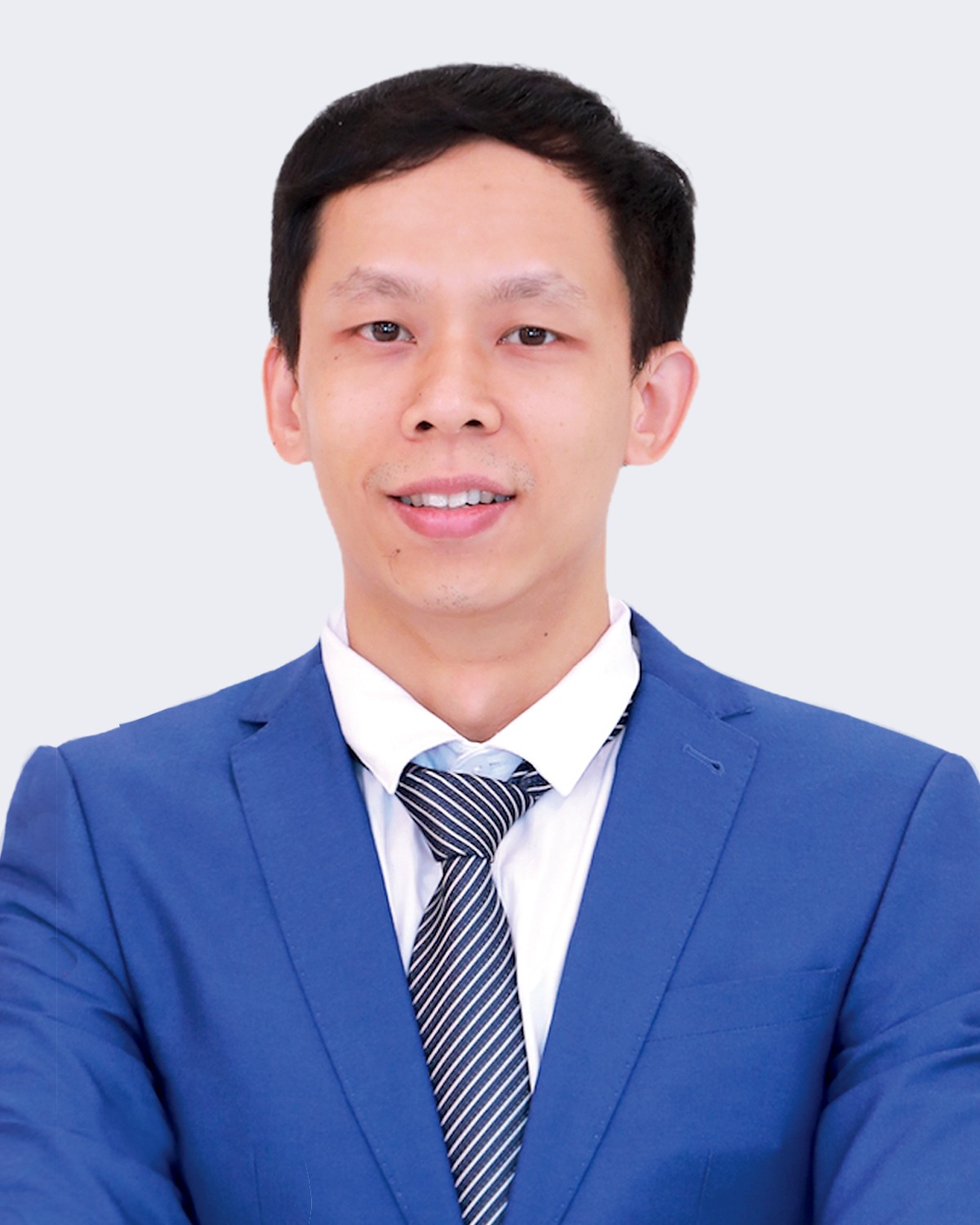The era of Industry 4.0 has led to a dramatic increase in corresponding computer program invention patent filings in Vietnam. However, the current patent examination guidelines for inventions related to computer programs are quite brief and vague, which inevitably causes difficulties for patent examination. Therefore, in 2021, the Intellectual Property Office of Vietnam (IP Office) considered the necessity of amending the patent examination guidelines for inventions related to computer programs.
Currently, a computer program is excluded from patentability under Article 59.2 of the Law on Intellectual Property (IP Law). However, according to Article 5.8.2.5 of the patent examination guidelines issued on March 31, 2010, as amended on December 31, 2020 (hereinafter referred to as the 2010 Guidelines), an invention related to a computer program is eligible to mature into a granted patent if the claimed subject matter has technical features and/or produces a further technical effect going beyond the normal interactions between the software and the hardware.
From June 24 to December 31, 2021, the IP Office established a working group including members from the patent examination center, the legal and policy department, and experts from the Japan International Cooperation Agency (JICA) to detail the provisions under Article 5.8.2.5 in order to tackle the problem of “In what circumstances are applications related to computer programs patentable?” In December 2021, the preliminary guidelines for this problem were drafted in the form of an annex to the 2010 Guidelines. The group also consulted many local IP agents, state agencies, organizations, and individuals to improve the draft. On December 18, 2021, the IP Office organized an online meeting with IP agents and organizations to discuss the draft.
Basically, the draft does not make any significant changes in comparison with Article 5.8.2.5 of the 2010 Guidelines, but it adds more details. The draft visualizes the process of computer program patent applications as follows:
Formality Examination Stage:
Step 1. Does the subject matter contain technical features (hardware, data processing representing physical entities)? If not, it will be rejected (Article 59.2 of the IP Law).
Step 2. Is the subject matter named with a term like “computer program”, “computer program product”, or “signal-carrying program”? If so, it will be rejected (Article 5.8.2.5 of the 2010 Guidelines).
Substantive Examination Stage:
Step 3. Does the subject matter contain technical features producing a further technical effect? If not, it will be rejected (Article 5.8.2.5 of the 2010 Guidelines).
Similar to Article 5.8.2.5 of the 2010 Guidelines, any claims presented as “computer program”, “computer software”, “computer program/software product”, or “signal-carrying program” should be eliminated by the examiners. However, the draft also prescribes that, in the formality examination stage, there are three types of claims that could be accepted: a method performed by a computer for a purpose; a processing apparatus adapted to perform the method; or a computer-readable storage medium containing a computer program to perform the method.
In current practice, the troubles often arise during examination of inventions combining a computer program with a business method or a calculation method, making it necessary to consider comprehensively if the invention has any technical features, or if it produces a further technical effect going beyond the normal physical interactions between the software and the hardware. In the December 2021 draft of the annex, the IP Office’s approach in the formality examination stage has been sufficiently clarified, but the approach in the substantive examination stage still needs more explanation, especially more interpretation of examples of “further technical effect.” If the approach in the substantive examination stage is solved, the examination process will be accelerated.
It is expected that the amended guidelines will be released in the near future.





